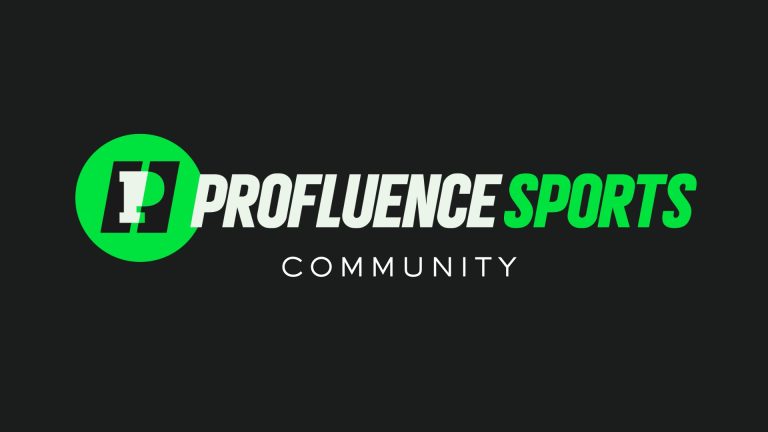You’ve probably heard the term “family office” before and that makes sense considering…
40% of family offices have been created in the past decade.
The thing is — most people don’t know what family offices are and what they do…
And these ultra-high-net-worth families are garnering a passion for sports.
Let’s Dive In 👇
What’s a Family Office?
Family offices are private companies for ultra-high-net-worth individuals (UHNWI) whose employees help manage a family’s assets, needs, and wishes.
- A single-family office is a privately controlled staff employed within or outside a dedicated structure that supports an affluent family with the organization, management, and maintenance.
- A multi-family office is the same, except that it is a commercially operated organization that supports several affluent families.

The first American family offices were created in the 1880s by the Rockefeller’s and Vanderbilt’s.
Most family offices have $250M+ in assets.
The main goals of a family office:
- grow the assets
- estate planning
- wealth transfer
- philanthropy
Historically, family offices operated discreetly, shielding the wealth of affluent families from the public eye.
That is changing quickly…
As private equity disrupted the public markets in the 1980s — financial advisors say family offices will disrupt the private markets over the next several years.
The Boom of Family Offices
Here are some stats demonstrating the growth of family offices:
- Family Office Population: 10,000 single-family offices (SFOs) and 5,000 multi-family offices (MFOs) worldwide.
- Wealth Managed: $10 trillion in assets.
- Growth Rate: The number of family offices nearly doubled between 2008 and 2018.
- Asia-Pacific Region: 44% growth between 2017 and 2019.
- Wealth Transfer: $84 trillion will get transferred from baby boomers to the next generation — the largest wealth transfer in history.
- Investment Strategies: 60% of family offices have increased their exposure to private equity and venture capital.
Investment Strategy
Wealthy families own many kinds of assets:
- cash
- equities
- real estate
- fixed income
- alternative assets
Traditionally family offices focused on passive investing — but we are now seeing a more proactive and direct approach.
This is evidenced by the growing trend of alternative investments, co-investments, and venture capital participation.

Family office staff like to work with outside investment experts to develop a well-balanced investment policy across different asset classes.
A handful of athletes are starting to create family offices as well (Lebron James, Serena Williams, Lionel Messi, etc).
Stats show that 68% of family offices have allocated funds to venture capital, reflecting a keen interest in fostering innovation and contributing to the entrepreneurial ecosystem.
And family offices are starting to gain a keen interest in sports…
Family Offices in Sports
Professional sports are becoming more democratized.
Historically, it wasn’t easy to invest in sports — but there are increasing opportunities.
- ability to buy minority stakes
- options to sell assets as they mature
- emerging leagues with promising economic upside
Being involved with sports assets gives families a tangibility that other investments don’t have (and the historical returns are impressive).

You have to treat sports like any other investment though — it’s not just a trophy asset class.
When you do that you can create sustainability, which comes via multiple revenue streams and increasing opportunities:
- teams
- media
- events
- leagues
- software
- hardware
- facilities/stadiums
- and many other verticals
What’s cool about sports…is that it continues to stretch into other categories as innovation improves (drastically increasing the TAM).
Looking Ahead
I was speaking with a prominent individual in youth sports, and he said that taking family office money for their startup created more problems than benefits as there was no speed.
*Family offices are often referred to as “patient capital” because there are no timetables for returning money.
Whereas taking private equity money helped the company go from $10M to $250M in revenue in a few years (along with a massive exit).

As family offices become more interested in sports as an asset class — deploying capital to investment experts through VC and PE seems to be a sound strategy.
Sports are innovating fast, the assets require a nuanced understanding, and those who are nimble with ears to the ground will drive the greatest returns.
Exciting times are ahead!









